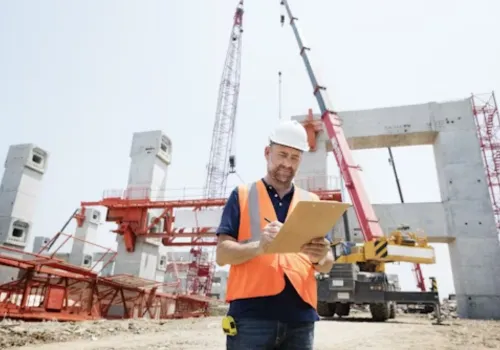
KB Securities has urged close attention to the upcoming announcement from the U.S. Department of Energy regarding its 3.5-generation small modular reactor (SMR) program. The highly anticipated selection of two construction sites is expected in the second half of 2025, possibly as early as this month or by October.
The SMR initiative carries considerable weight, offering up to $400 million in federal support to each selected project, and represents what some analysts are calling a pivotal moment for the U.S. nuclear industry.
“This is not just about funding,” said Jang Moon-jun, a researcher at KB Securities. “It holds significant symbolic meaning in declaring the ‘return’ of the U.S. nuclear industry.”
Jang identified two front-runners for the DOE’s first SMR deployments: Michigan’s Palisades and Tennessee’s Clinch River.

Palisades, once the first large nuclear power plant in U.S. history to be shut down, is being brought back online by Holtec International, with Hyundai Engineering & Construction (Hyundai E&C) as a key partner. The site is also being considered for the addition of two SMR-300 reactors, marking what Jang called “the first case where the legacy of nuclear power reactivation meets the technology of SMR construction at one site.”
Meanwhile, Tennessee’s Clinch River site—just 20 minutes from Oak Ridge National Laboratory, a central facility during the Manhattan Project—carries deep historical significance. It was also home to a once-abandoned fast reactor initiative in the 1980s.
“If the SMR construction begins in Clinch River with government support,” Jang said, “it could signify the restoration of the past glory of the U.S. nuclear industry that withdrew.”
Jang emphasized that large-scale nuclear construction remains difficult to launch quickly, and thus “the selection of construction sites that can carry strategic messages is becoming more important.” Holtec and Hyundai E&C, he added, are key players worth watching.
Once the DOE’s selections are announced, contract negotiations and ground-breaking are expected to follow shortly thereafter.
Both shortlisted sites carry powerful narratives. At Palisades, a revival story is unfolding where an old plant finds new life, this time incorporating cutting-edge SMR tech. At Clinch River, the memory of Cold War-era nuclear innovation could be rekindled with a modern, modular approach. These backstories make them ideal for a symbolic reboot of the U.S. nuclear sector.
Small modular reactors offer a faster, potentially safer, and more scalable pathway to nuclear energy at a time when grid reliability and decarbonization are urgent priorities. The DOE’s investment in SMRs could be a bridge to reinvigorating domestic nuclear capacity after decades of stagnation.
The Holtec-Hyundai E&C partnership has rapidly become a focal point for SMR development in the U.S. Their joint project at Palisades stands to be one of the first SMR deployments, backed by international expertise and a strong track record in nuclear design.
The DOE’s announcement could trigger a flurry of investment and activity in the SMR space, encouraging utilities, investors, and policymakers to take modular nuclear seriously as a tool for grid stability and emissions reduction.
Origianlly reported by Kwon Oh-eun in Chosun-Biz.